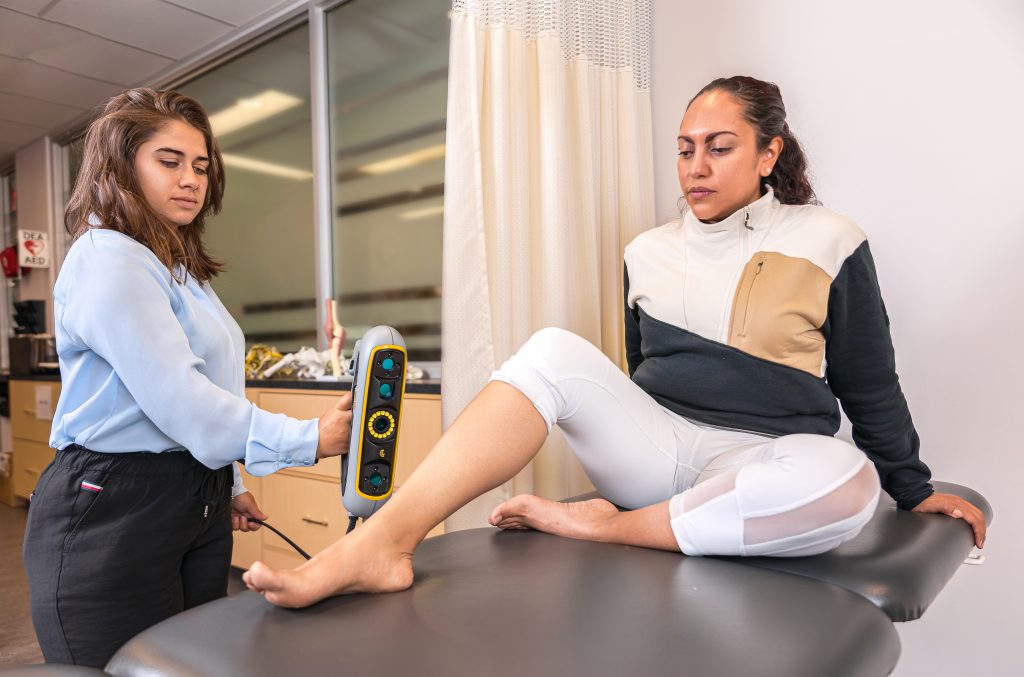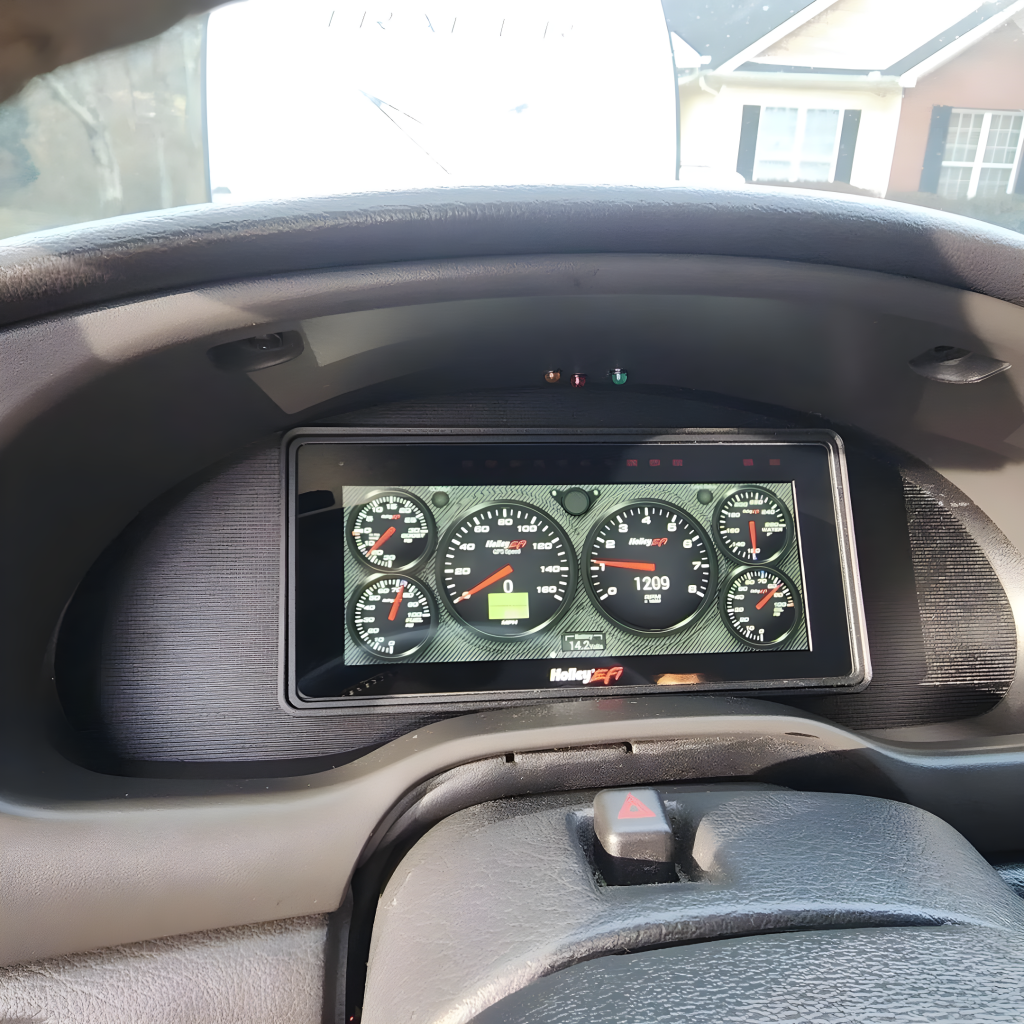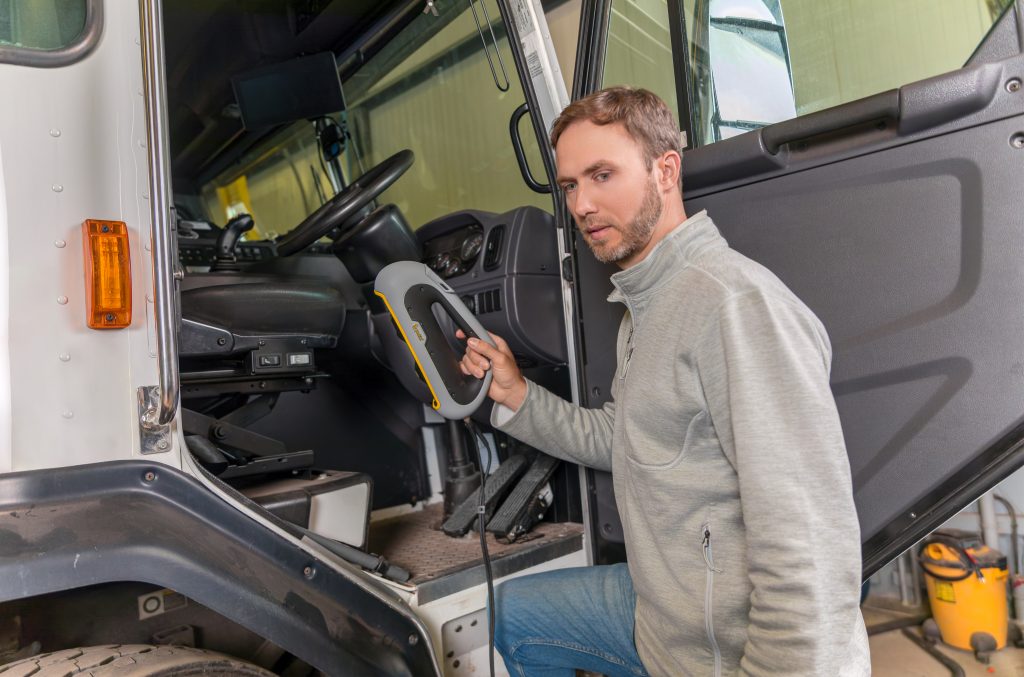3D scanning has significant potential within the 3D printing industry. When combined with 3D printing, 3D scanning is key to producing customized parts.
The combination of these two technologies makes it possible to create bespoke products that are tailored to an individual’s unique needs or preferences. This is due to the advancement of machines and materials used in 3D printing, which allow for more complex designs and greater accuracy.
3D Printing Industry recently sat down with François Leclerc, Product Manager at peel 3D, to discuss benefits offered by 3D scanning for manufacturing custom parts.
Peel 3D, affordable and high quality 3D scanning
Based in Canada and powered by Creaform and Ametek, peel 3D launched with the intention of expanding Creaform’s high quality 3D scanning capabilities into a more accessible market.
“Peel 3D was really a lab for us,” explains Leclerc. “A way to experiment and try to do things differently because, on the Creaform form side, things were very serious, very metrology and measurement oriented. So we thought we’d try something different.”
“We put together this business and we made the price as aggressive as we could, that’s how peel 3D was born.”
Peel 3D now offers high quality and affordable 3D scanner products, including the peel 3 3D scanner and their peel.CAD reverse engineering and CAD software.
3D scanning and the additive manufacturing workflow
The potential for customization using 3D printing has been a hot topic within additive manufacturing in recent years. It has been suggested that this technology will revolutionize the manufacturing industry, making it possible to produce customized, one-off parts or products at an affordable price.
While 3D printing does allow for customization, it is limited by the fact that it is a digital process. Leclerc explains that “If you’re looking to do something custom, chances are you have something specific that you need to adapt to, and that’s where 3d scanning comes into play.”
“Scanning and 3D printing work together, but they’re at both ends of the spectrum,” adds Leclerc, who likens the two processes to a washer and dryer setup. “Scanning is the way into digital processes, and 3D printing is the way out.”
To create custom products using 3D scanning and 3D printing, the first step is to use the scanner to capture the shape of the body part or object. This information is then brought into a CAD software and used as a reference to design the component or the custom part of a component. For example, when designing a custom bike seat, it might be necessary to customize only the cushion, rather than the entire seat. Once the design is complete, it is sent to a printer for manufacturing.

3D scanning and customization applications
The possibilities for customization are endless, ranging from clothing to custom sports equipment, glasses, and even parts for high-performance vehicles. The use of 3D scanning makes it possible to create bespoke products that are tailored to an individual’s specific needs, preferences, and body shape.
The production of user-specific hardware is a particularly common application of 3D scanning. Leclerc points to the fact that “nobody’s built the same,” and that “using a 3D scanner really allows you to capture the exact shape of a person and create a device that’s going to be perfectly suited.”
For instance, 3D scanning can be employed to 3D print orthotics that perfectly match the shape of the user’s body. Equally, a canoeist competing in the Olympics might need a custom seat that is designed to fit their body perfectly, giving them the support they need to compete at the highest level.
3D scanning is not limited to the human body. For example, it can also be used to create custom parts for vehicles. Car enthusiasts can customize the interior of their vehicle with unique components that are tailored to their specific needs and preferences. It is possible to 3D scan the interior of the car and use that data to reverse engineer and 3D print custom parts that are designed to fit perfectly and complement the existing equipment.
Specifically, Leclerc points to customers converting their cars from left-hand drive to right-hand drive, effectively mirroring the vehicle’s internals. Because the necessary parts weren’t commercially available, the users “would scan parts and just flip them, print them and install them into the car.”
Leclerc also highlights some peel 3D customers who integrated modern touch screens into old muscle cars. “This is really highly customized, and involves both 3D scanning and 3D printing altogether in order to make this work.”
The possibilities for customization are endless, and the use of 3D scanning and printing makes it easier than ever to bring those ideas to life.

Key advantages of 3D scanning and 3D printing
One of the biggest advantages of 3D printing is that it allows for the production of a single version of a component at a reasonable price. This eliminates the need to build molds or specific fabrication devices, which can be costly and time-consuming. Companies can therefore create custom products on demand, without the need for large production runs or expensive tooling.
The resulting cost and time savings are significant. According to Leclerc, 3D scanning and 3D printing can offer time savings of 90% when compared to traditional manufacturing methods. Additionally, the money savings are in the region of 91% to 92%.
“This is how you can justify the price of a 3D scanner and 3D printer. This is an investment for a business. It pretty much pays for itself pretty rapidly if you’re doing a lot of these iterations,” comments Leclerc.
3D scanning and 3D printing also offer environmental advantages. Traditional manufacturing processes often result in a significant amount of waste, as materials are cut or molded to fit specific shapes. With 3D printing, only the exact amount of material required to create the product is used, minimizing waste and reducing environmental impact.
Furthermore, 3D printing is a more sustainable option compared to traditional manufacturing methods. When producing parts through traditional methods, raw materials have to be transported to factories, where they are processed into the final product. This process generates a significant amount of carbon emissions due to transportation, energy consumption, and other factors. 3D printing, on the other hand, can be done on-site, which eliminates the need for transportation and reduces the overall carbon footprint of the manufacturing process.

The future of 3D scanning
What does the future hold for 3D scanning? Leclerc points to increased affordability and accessibility. “At some point these technologies are going to be so mainstream that they’re going to be part of our daily life cycle.”
Additionally, within industrial 3D scanning, we can expect to see “More resolution, more intelligence, more performance, faster speeds.” This could have a big impact on the manufacturing chain, especially in terms of quality control analysis and reverse engineering.
As the technology continues to evolve and become more advanced, we may even see 3D scanning and printing being used for specialist medical purposes, such as prosthetics and implants. The possibilities are truly endless, and it is exciting to see what the future holds for this revolutionary technology.
In conclusion, the combination of 3D scanning and printing opens up a whole new world of possibilities for customization and personalization. The ability to scan and capture precise measurements allows for the creation of bespoke and unique designs that were previously impossible. With the increasing availability and affordability of 3D scanning and printing technology, we can expect to see even more custom-made products in the future.
Subscribe to the 3D Printing Industry newsletter to ensure you keep up with the latest 3D printing news. You can also follow us on Twitter, like our Facebook page, and subscribe to the 3D Printing Industry Youtube channel to access more exclusive content.
Are you interested in working in the additive manufacturing industry? Visit 3D Printing Jobs to view a selection of available roles and kickstart your career.
Featured image shows the 3D scanning of a patient’s leg to create a custom compression garment. Photo via peel 3D.

